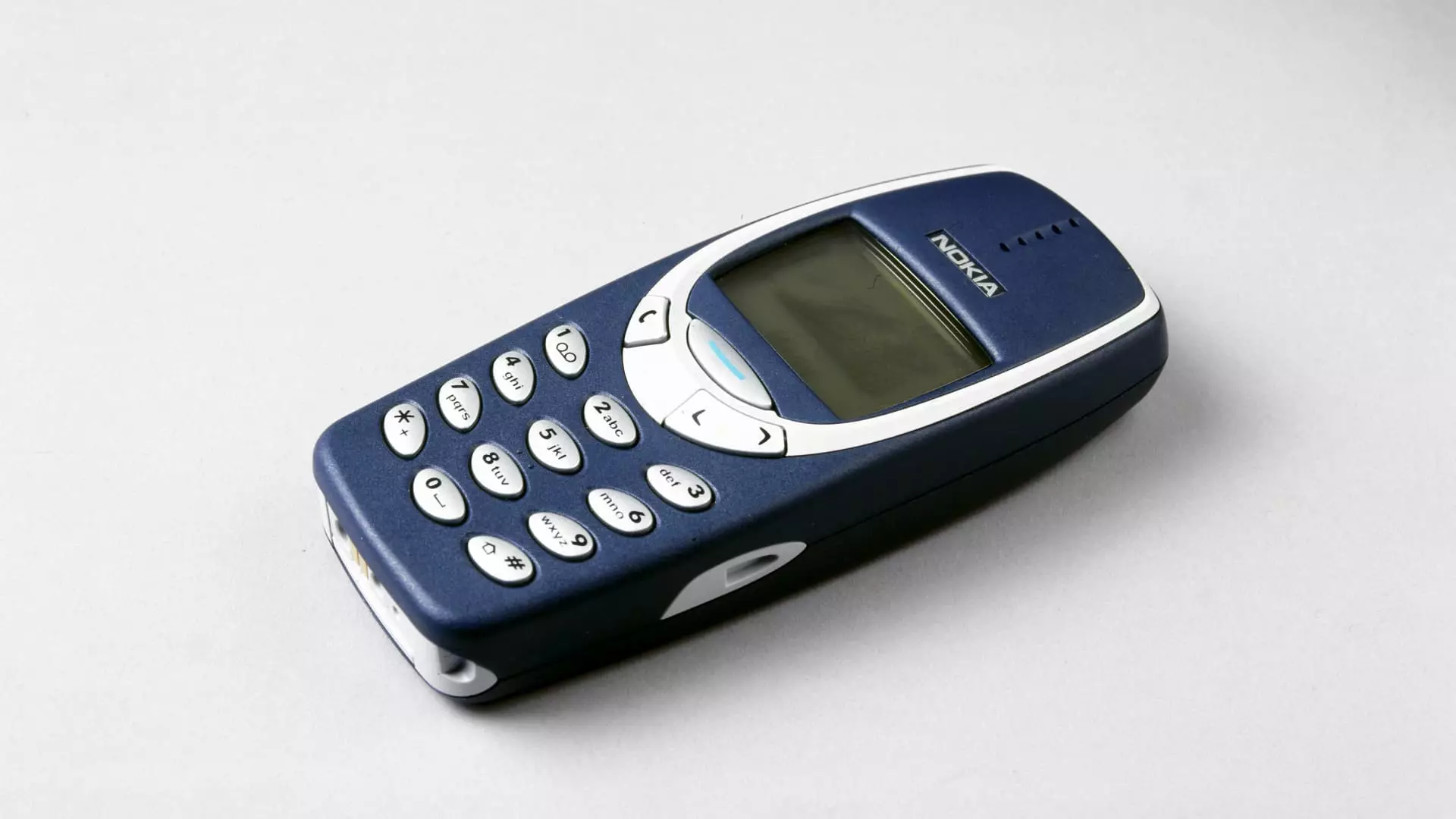When Apple unveiled the iPhone in 2007, it was hailed as a game-changer in the world of smartphones. Steve Jobs, the visionary behind the iPhone, believed that the industry needed a major reinvention, and the iPhone was his answer. Little did anyone realize at the time that this device would go on to become one of the most popular phones worldwide. Now, almost two decades later and with 42 different models, the iPhone has firmly cemented its place in the tech market.
The initial reception of the iPhone did not meet the high expectations set by Apple and its investors. The first few days of sales brought disappointment, leaving many to question the success of the product. Only 1.4 million units were sold in 2007, with the majority of the sales coming in the fourth quarter. In sharp contrast, Nokia, a dominant player in the market at the time, sold a staggering 7.4 million mobile phones in Q4 alone.
The investing community was skeptical about Apple’s ability to compete with the likes of Nokia. The general sentiment was that this new player would face significant challenges in cracking the market. However, Apple was determined to prove the skeptics wrong.
In 2008, Apple introduced the App Store, which turned out to be a game-changer for the iPhone. This pivotal move opened up opportunities for a new wave of tech companies and put Apple ahead of its competitors. The App Store allowed users to transform their phones into powerful tools, offering a wide range of applications and services.
This strategic insight proved to be a crucial turning point for Apple. While other phone manufacturers failed to anticipate the impact of the App Store, Apple witnessed a rise in iPhone sales in the years that followed. In 2011, the company reached a significant milestone by selling over 50 million units, thanks to the success of the iPhone 4s. By 2015, Apple was selling over 200 million iPhones annually.
It is undeniable that the iPhone has set the standard for smartphones worldwide. Its influence is far-reaching, shaping the industry in ways that few other products have been able to achieve. Apple’s groundbreaking innovations, such as the App Store, paved the way for other players like Android to follow suit with their own app marketplaces.
A decade after its release, Apple became the first publicly traded U.S. company to reach a $1 trillion market cap. Today, it stands as one of the most profitable companies globally, surpassing even its fierce competitor Samsung to become the world’s smartphone leader. With a market share of over 20%, Apple has solidified its position as a dominant force in the industry.
While Apple has made strides in integrating machine learning and AI into its products, it faces stiff competition from companies like Microsoft, Google, and Open AI, who have been more open to embracing these technologies. Apple utilizes AI to enhance features such as photo organization and email management, but it has yet to fully exploit the potential of AI.
Nevertheless, industry experts believe that AI will play a critical role in the future of iPhones. Gene Munster, from Deepwater Asset, suggests that AI will become essential for humanity, and Apple will need to leverage this technology effectively. As the iPhone continues to evolve, it remains to be seen how Apple will harness the full potential of AI to provide a more immersive and intelligent user experience.
The evolution of the iPhone is a testament to Apple’s ability to adapt and innovate. From its humble beginnings to its current status as a global leader, the iPhone has defied expectations and reshaped the smartphone industry. With each new model, Apple continues to push boundaries, and as consumers, we can only anticipate what the future holds for this iconic device.

Leave a Reply